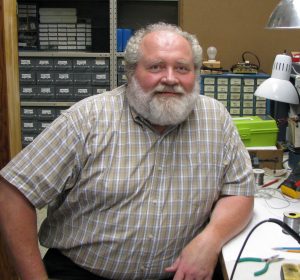
Feliz Cinco de Mayo from sunny Houston, Texas, where I am attending the spring off-site meeting of the College of Engineering External Advisory Board. Many thanks to board member Paul Dean for hosting us here at his facility at Dow Chemical. After our business meeting wraps up today, we will take part in an alumni social event for all Houston-area Huskies at a nearby restaurant.
Today is the last day of the “academic year pay period” which extends from two weeks before classes start in the fall, to one week after they end in the spring. Officially that means that, at Michigan Tech, summer starts next week. (There is a little cruel irony here in that we don’t even have leaves on our trees yet, but that will come shortly.) This is a good time for us to take stock of how we did over the past year, and taking a look at next year. We had our last faculty meeting of the year on Tuesday, and I made just such a report, which I will summarize here.
Congratulations to Assistant Professors Lucia Gauchia, Zhaohui Wang, and Jeremy Bos, on being reappointed to new two-year terms. Profs. Gauchia and Wang are entering their third term (years 5-6) and Prof. Bos is entering his second (years 3-4).
The past academic year, including Summer 2016, Fall 2016, and Spring 2017, we graduated 10 PhD students, 121 MS students, and 133 BS students. These numbers are up for us in all categories, especially for the graduate students. We are proud of all our graduating students, and wish them the best as they begin their careers. For next year we have 190 deposits for new undergraduate students, so we could be looking at yet another increase in undergraduate enrollment, even after our 8% growth this year. The data I have make it very difficult to predict the graduate enrollment for next year, so I am not even going to venture a guess on that one.
In talking about the teaching program, I always like to point out faculty members who do a great job in the classroom. One of the calculations I do involves student course evaluations and class sizes simultaneously. Without going into the details of the arithmetic, some faculty members who come out very well by that metric are Glen Archer, Mike Roggemann, Ashok Ambardar, and Lucia Gauchia. Looking at student course evaluations alone, for the smaller to medium-size classes, I see outstanding performance from Ashok Ambardar, Aurenice Oliveira, and Kit Cischke for undergraduate classes, and Sumit Paudyal, Mike Roggemann, and Lucia Gauchia for graduate classes.
We graduated 10 PhD students this year, which exactly meets our target of 10 per year, or 30 over the 3-year strategic planning period. The total over the past three years was 19, so the latter target was not met. However, looking ahead I count 3 PhD students who have already defended their dissertation but did not graduate for one reason or another, and 3 more that are defending in May. So, our PhD students are moving through the pipeline, and that is a good sign.
My projection for the research expenditures in ECE Department for this fiscal year, ending on June 30, is $2.0M. If that is correct, it will be down from $2.45M last year, but about average for us over the past few years. This is on the low side relative to our peers, for our size faculty and PhD program, and something that we continue to work on. One can reasonably ask why we even report such statistics, since the funding is not nearly as important as the quality and the impact of the work. The answer is (or my answer is) that dollars are fungible; everyone knows what a dollar is and what it is worth. The research expenditures in a department are a very simple “proxy metric” for the size of the research program, and all deans and department chairs report them (at least when we are talking to each other – read into that what you want.) The quality and impact of the work, as important as it is, is much harder to quantify. One argument is, if you can convince someone to pay for it then the work must be important. Ultimately the reputation of the department and the individual faculty members is based on intellectual and scholarly contributions, but such reputations take a long time to develop. So, for reporting short-term results research expenditures continue to be the easy way out.
A few other acknowledgements are in order:
Kudos to Assistant Professors Lucia Gauchia and Zhaohui Wang on their NSF CAREER awards, and to Assistant Professor Jeremy Bos for both his AFOSR Young Investigator Award and for leading the effort to get us into the GM/SAE AutoDrive Challenge. I wrote extensively about all of this in an earlier post but it bears repeating.
Prof. Bruce Mork simultaneously had the most research expenditures this fiscal year and taught very large graduate courses in power systems. Bruce’s graduate course in power system protection in the semester that just ended had nearly 100 students, which could be classified as a success disaster were it not for the fact that he manages it very well (and we threw a lot of graduate TAs at the laboratory sections). Many thanks to Bruce to setting an example in research funding and attracting MS students to the department.
Associate Chair Glen Archer was recognized in the Dean’s Teaching Showcase for his outstanding work in EE3010, our “service” course in electronic circuits and instrumentation for non-majors, his guidance as the faculty advisor for both the Blue Marble Security Enterprise and Robotics System Enterprise, and his service as the supervisor for all the lab TAs in the department. Glen is indispensable to me personally in all matters of departmental administration, and is totally committed to the success of the ECE Department. It is a pleasure to work with him.
Prof. Shiyan Hu is leading the way in departmental visibility in the area of professional service. He led the establishment of a new IEEE Technical Committee on Cyber-Physical Systems; he is the co-Editor-in-Chief of the new IET Journal on Cyber-Physical Systems; he has established two new IEEE workshops; he is an Associate Editor for three IEEE Transactions. As we grow the department activity in the areas of robotics, control, and automation, this recognition on the national and international scene in cyber-physical systems is extremely valuable, and I thank Shiyan for all his hard work.
Most years I like to recognize an individual departmental staff member for outstanding service. This year I just want to make the point that our entire staff, those with office, technical, and advising responsibilities, do a fantastic job and work well together as a team to move the department forward. Many thanks to Lisa Hitch, Michele Kamppinen, Joan Becker, Judy Donahue, Trever Hassell, Chito Kendrick, Chuck Sannes, and Mark Sloat for everything you do.
Finally, this week we are saying goodbye to Professor of Practice Duane Bucheger, who is leaving after six years of being in charge of the Senior Design program. Duane was a tireless advocate for bringing an industry perspective to our undergraduate educational programs, and in the process he sparked quite a few lively discussions in the department. We didn’t always agree on everything but I almost always learned something from our conversations and certainly I appreciated his perspective. Like all of us, Duane wants to make Michigan Tech a better place, and he may well have the opportunity to keep doing that in a different capacity; the plans are uncertain. Duane, I thank you for all your hard work, and wish you all the best.
Have a great summer everyone!
– Dan
Daniel R. Fuhrmann
Dave House Professor and Chair
Department of Electrical and Computer Engineering
Michigan Technological University
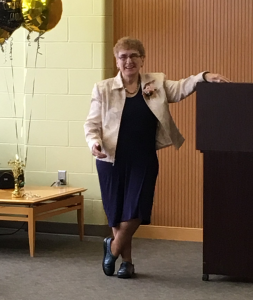
 The first part of this FWF double feature almost didn’t get written because there were so many events and activities in the ECE Department that I had to attend to. This second part almost didn’t get written because I was lying in bed binge-watching Season 3 of HBO’s “Silicon Valley”. This highly entertaining and astonishingly vulgar parody of start-ups in “the valley” is LOL funny, especially for electrical and computer types like us. I am not certain that all the counter-culture stereotypes and situations bear full resemblance to reality, but I do have to imagine that there is a seamy underbelly to the tech innovation culture that is usually held up as the paragon of realized human potential, even in this very blog. Season 4 starts this week!
The first part of this FWF double feature almost didn’t get written because there were so many events and activities in the ECE Department that I had to attend to. This second part almost didn’t get written because I was lying in bed binge-watching Season 3 of HBO’s “Silicon Valley”. This highly entertaining and astonishingly vulgar parody of start-ups in “the valley” is LOL funny, especially for electrical and computer types like us. I am not certain that all the counter-culture stereotypes and situations bear full resemblance to reality, but I do have to imagine that there is a seamy underbelly to the tech innovation culture that is usually held up as the paragon of realized human potential, even in this very blog. Season 4 starts this week!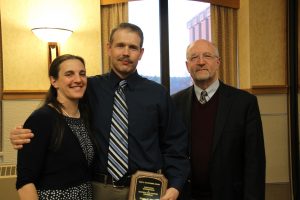

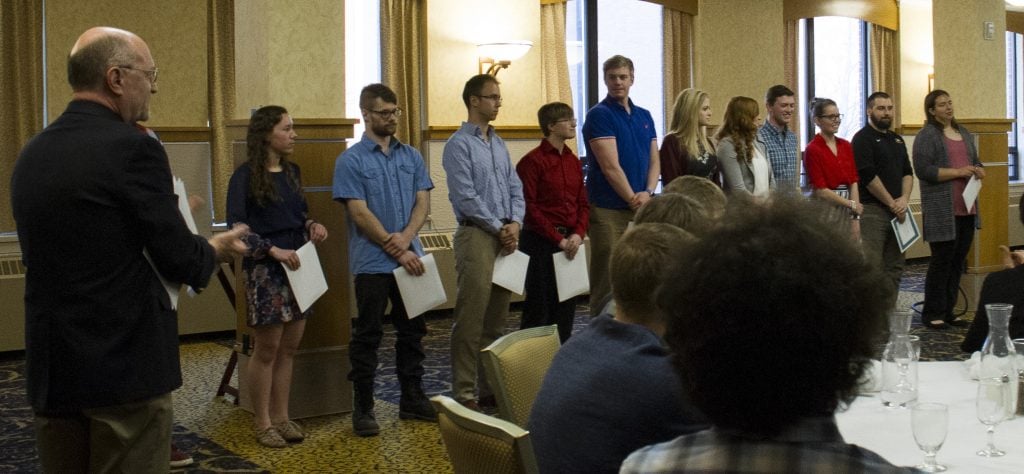
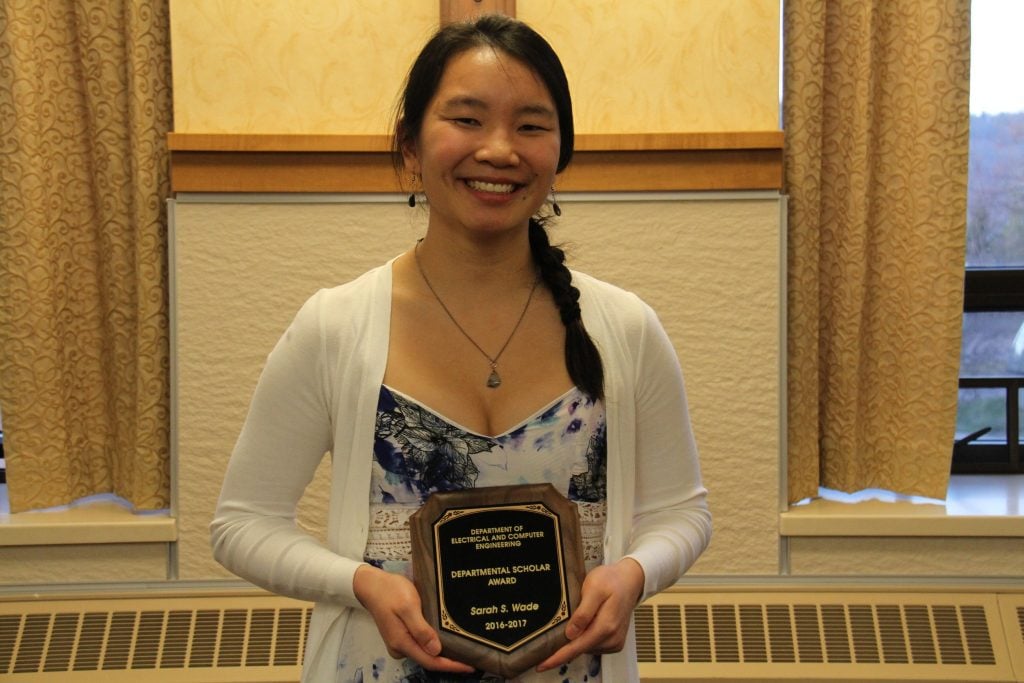
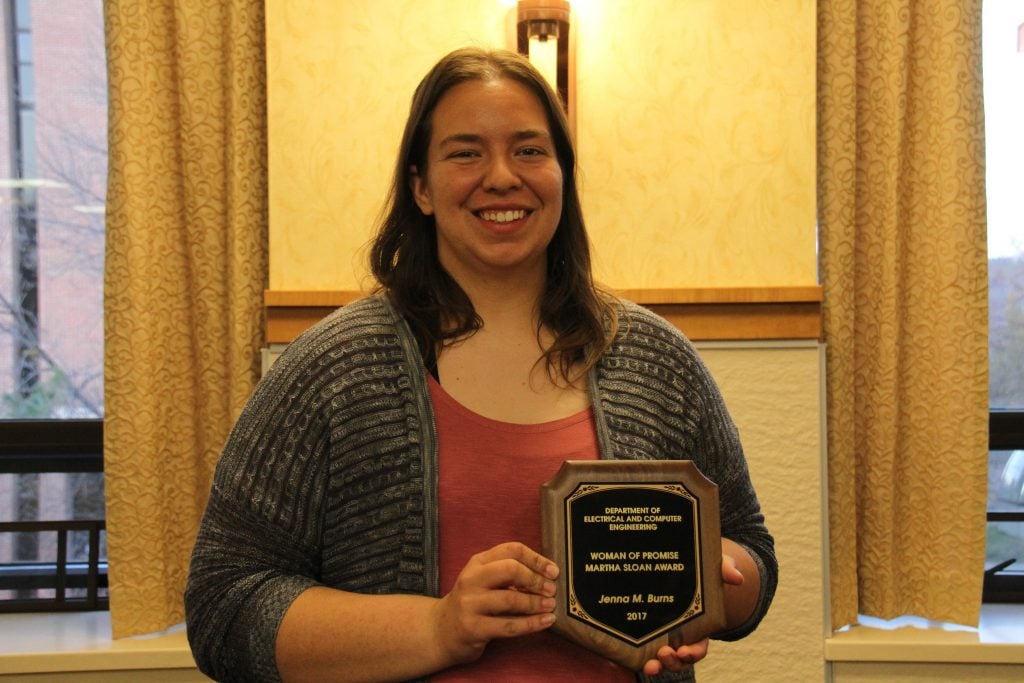
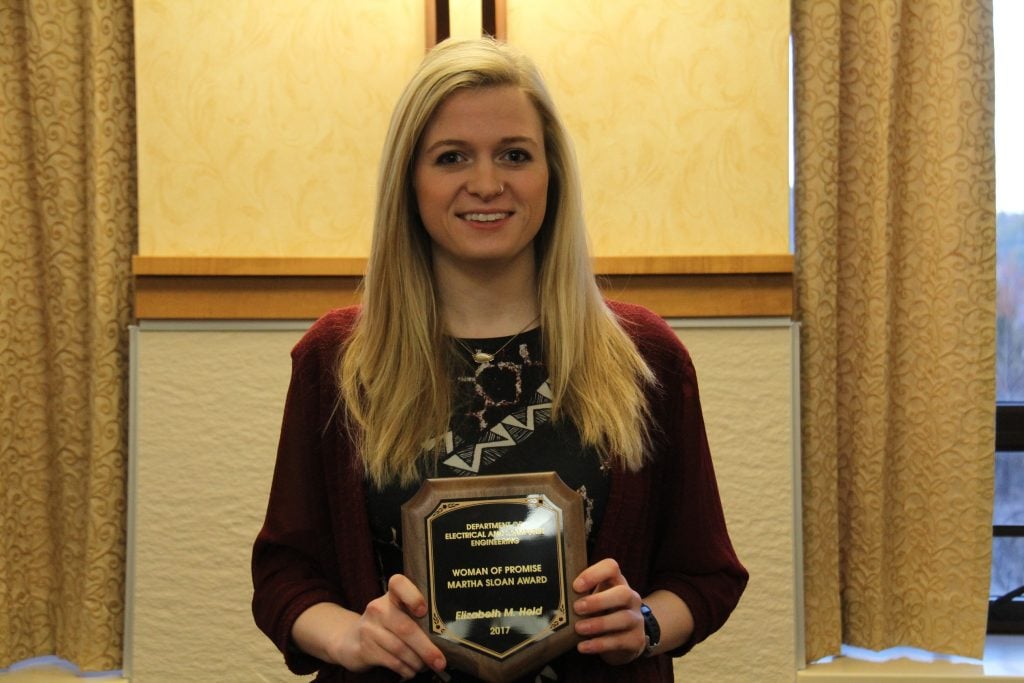
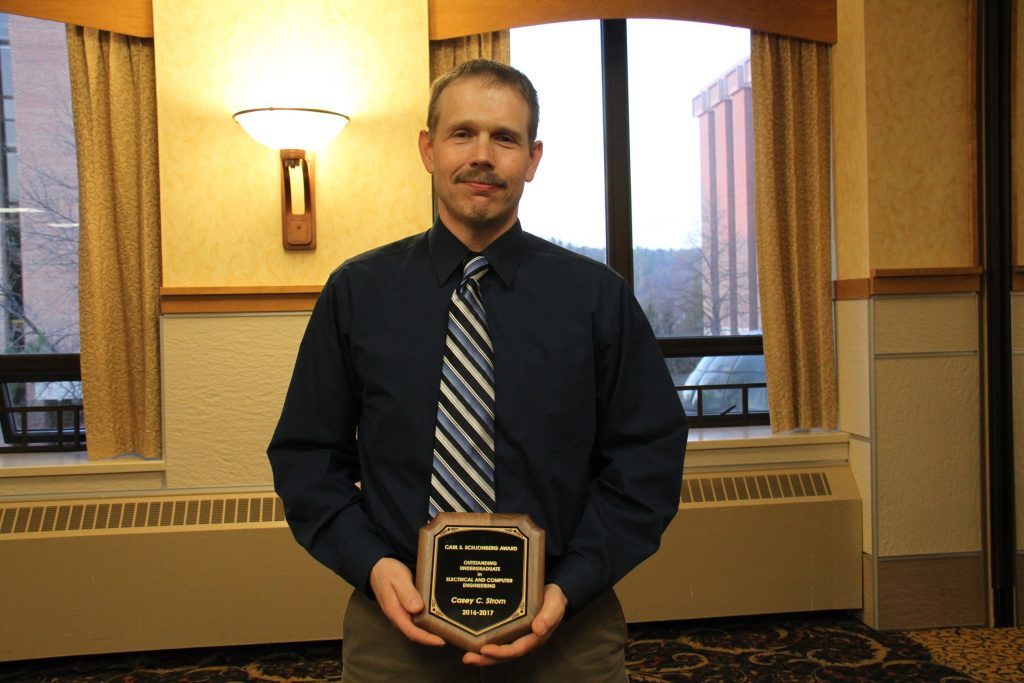

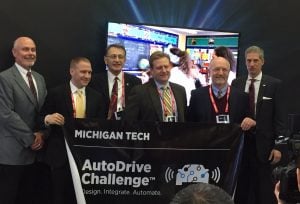 It has definitely not been a quiet week in Houghton. Some pretty exciting news in the ECE Department was made public, and I will share that with you shortly below. There was also some bittersweet news for the entire university, and I think it best if I lead with that. This past Wednesday, two days ago, our university president Glenn Mroz announced in an e-mail to the campus community that he was stepping down as president and returning to the ranks of the faculty, effective June 30, 2018. That date is over a year away, so there is plenty of time for an orderly transition in the administration, and also plenty of time for reflections and best wishes which I am certain will be ample as the date approaches. President Mroz has worked tirelessly on behalf of Michigan Tech and is much loved by the university community. The institution has made some important strides forward under his leadership. I will leave it at that (for now), and just add that we have an interesting year ahead of us.
It has definitely not been a quiet week in Houghton. Some pretty exciting news in the ECE Department was made public, and I will share that with you shortly below. There was also some bittersweet news for the entire university, and I think it best if I lead with that. This past Wednesday, two days ago, our university president Glenn Mroz announced in an e-mail to the campus community that he was stepping down as president and returning to the ranks of the faculty, effective June 30, 2018. That date is over a year away, so there is plenty of time for an orderly transition in the administration, and also plenty of time for reflections and best wishes which I am certain will be ample as the date approaches. President Mroz has worked tirelessly on behalf of Michigan Tech and is much loved by the university community. The institution has made some important strides forward under his leadership. I will leave it at that (for now), and just add that we have an interesting year ahead of us.
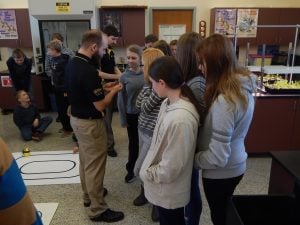 Michigan Technological University’s
Michigan Technological University’s 
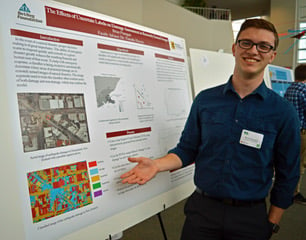 Brian Flanagan, a computer engineering major, was among the winners of the
Brian Flanagan, a computer engineering major, was among the winners of the 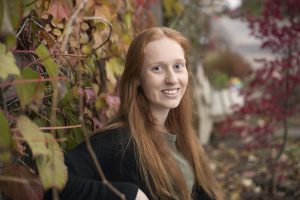 The Enterprise Governing Board and the School of Business Scholarship Committee has recently selected Olivia Burek to receive the
The Enterprise Governing Board and the School of Business Scholarship Committee has recently selected Olivia Burek to receive the